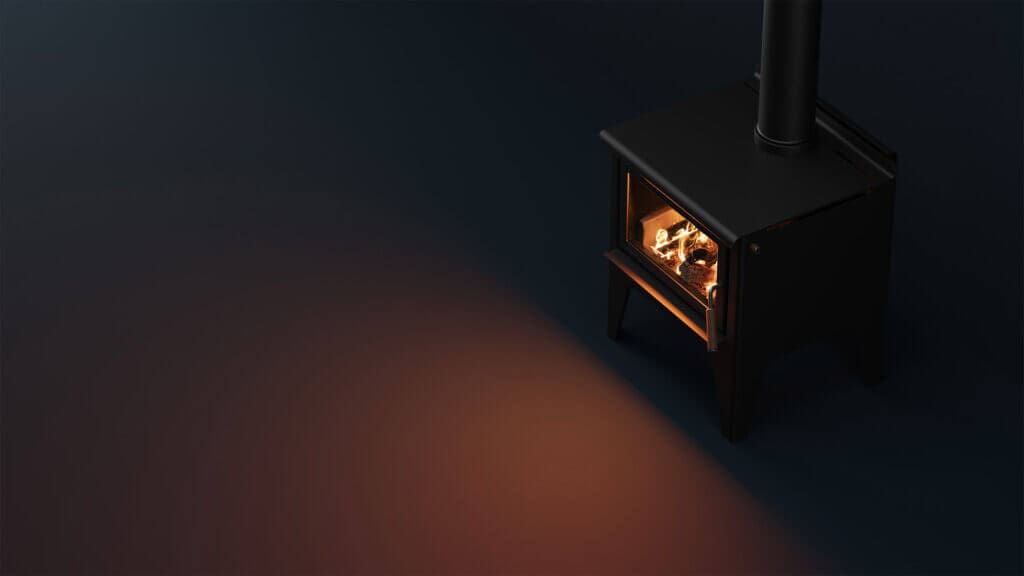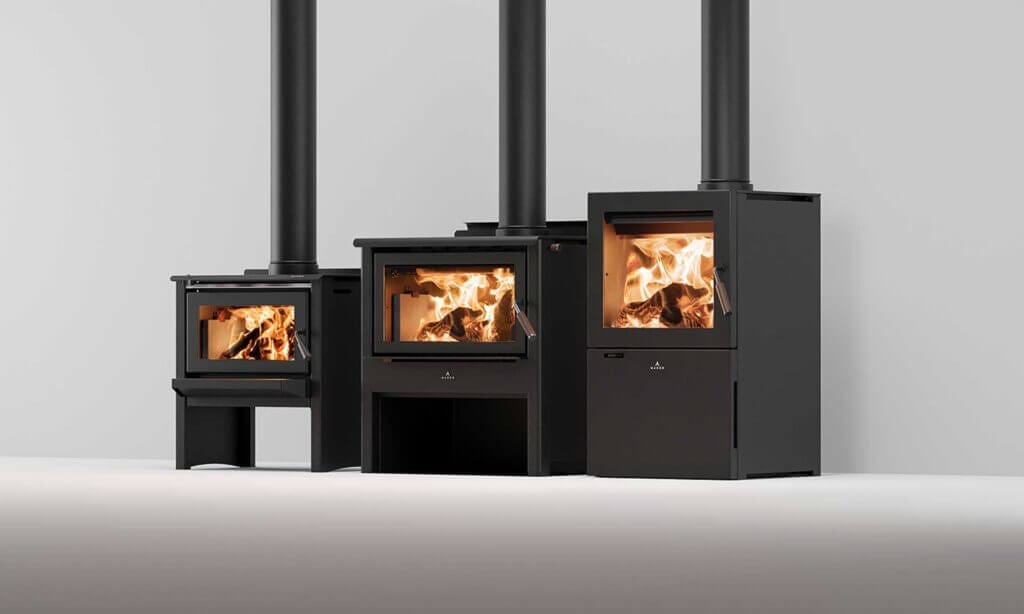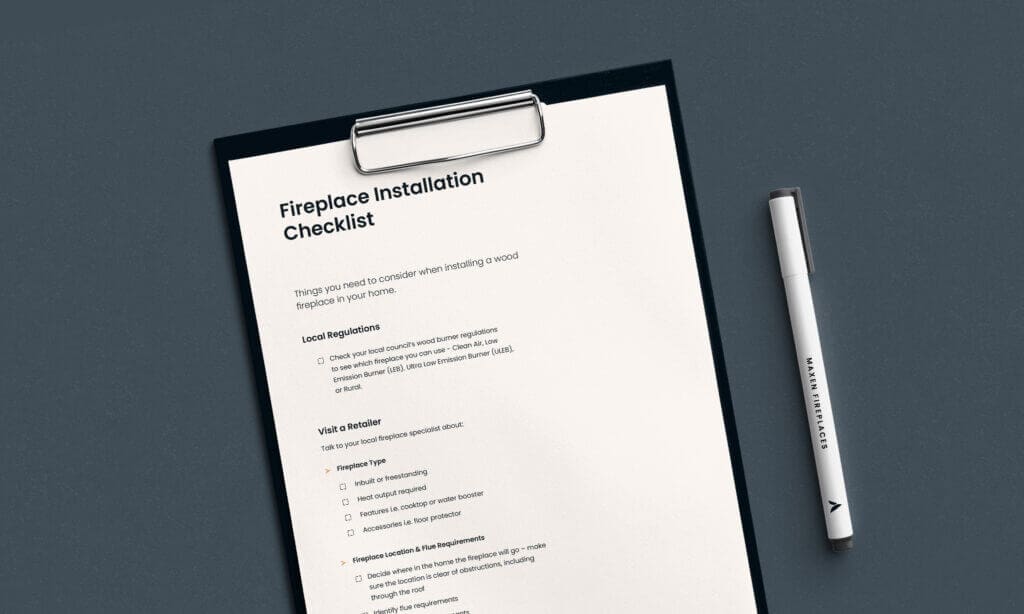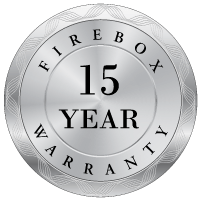What’s the difference between a radiant and convection heat? What about a wetback – do I need one of those?
Introducing The Maxen Dictionary, a foolproof guide to help break down the smoke and mirrors of the wood fire world.
Fireplace Types
Ultra Low Emissions Burner (ULEB)
ULEB’s are the cleanest solid fuel burner. To classify as an Ultra Low Emissions Burner, these fires must meet strict emissions and efficiency standards making them fit for purpose in Canterbury, Rotorua & other ultra-low emission zones around New Zealand.
Clean Air Model
‘Clean Air’ is a general term that’s used to describe an approved burner under the ministry of environments national standard that has been tested to have a discharge of less than 1.5 grams of particles for each Kg of dry wood burned and a thermal efficiency of at least 65%.
*For properties under 2 ha not located inside a specific regions air shed, they will still need to meet this standard.
Water Booster ('Wetback')
A water booster is an additional option that enables the fireplace to heat water for your home. The system works by circulating cool water around your firebox while burning, which feeds into your hot water cylinder supplying hot water for your home.
Defining Warmth
Convection Heat
Convection heat, as opposed to radiant heat, is warmth propelled into a space from a heating unit, such as a fireplace. Best suited to smaller spaces, convection heats warms spaces more evenly than radiant units.
Radiant Heat
Radiant heat directly warms objects, people and animals near a fireplace. It provides radiating, instant warmth and is suited to older homes or villas, and typically open-plan spaces with high ceilings and poor insulation.
Fireplace Surrounds
Hearth
A hearth is the floor or ledge that extends into the room and even onto the wall around your fireplace (Note, the size of a hearth is determined by the fireplace manufacturer). Made of non-combustible materials, a hearth protects adjacent combustibles from being damaged by heat. A hearth is necessary for any freestanding and inbuilt fireplace.
Mantel
A Mantel is a decorative framework that surrounds the opening of a fireplace. It’s typically made of wood, stone, marble, or metal and is designed to enhance the appearance of the fireplace. Mantels often extend horizontally from the top of the fire to cerate a shelf-like surface.
Fireplace Feautures
Flue Damper
A damper is a manual mechanism that controls airflow and smoke through the chimney flue. It controls exhaust flow through the flue and assists in starting and controlling the fireplaces burn cycle.
Flue
A flue provides the pathway for smoke to escape the fireplace and vent outside. This might be through stainless steel and galvanised pipe or a masonry cavity. Working under negative pressure, a flue draws the product of combustion from the appliance, through the attached cavity and outside your home.
Venting
Venting is a term that refers to cool air entering and exiting a flue or fireplace cavity so heat cannot build-up. Venting can be found on the front, sides or even back of a fireplace.
Fireplace COnvection
Is the source for warm air to flow from your fireplace to the space in which is it located. Depending on your brand, style and type of fireplace, venting can come from different locations within the fireplace surround. However, the most common is above the window at the top of the firebox.
Firebox
The firebox is a compartment inside the fireplace surround that is designed to contain the fire. Typically made from fire-resistant materials, such as refractory concrete or steel, the firebox can withstand high temperatures and prevent the spread of flames.
The fireplace world can all be a lot to take in, so if you need help learning, deciding or buying your next fireplace, make sure to get down to one of our expert dealers who will tell you all you need to know, and nothing you don’t.
Find your local at www.maxenfireplaces/where-to-buy
